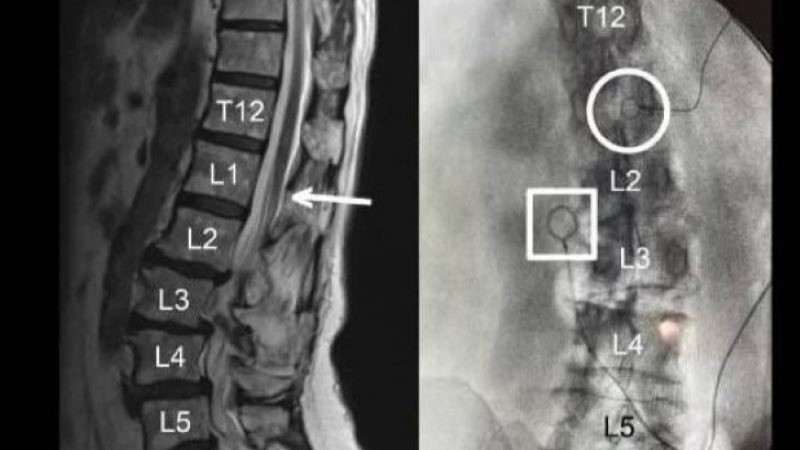
Recent research has found that weakness in older adults may stem from issues in their nervous system rather than lack of muscle mass. This cross-sectional study, approved by the Ohio University institutional review board, suggests that medical treatments targeting the patient’s nervous system may enhance muscle strength and mobility in older patients. A research letter summarizing these findings was published on September 25 in JAMA.
Muscle weakness has long been accepted as a contributor to physical limitations, disability, and premature death in elderly patients. This is frequently attributed to sarcopenia, or the progressive loss of muscle mass commonly seen in older populations. This has resulted in the development of many treatments that focus on the patient’s muscular tissue to counteract this muscle weakness, however, a majority of these medications have failed to improve function.
Being that the movement of muscles is powered by both the size of the muscle and the activity of the nervous system, these researchers analyzed whether the latter plays a more significant role in age-related weakness than commonly accredited.
Background of the Study
This research team aimed to identify whether the nervous systems of elderly patients with significant weakness displayed impairments ability to trigger movement in their lower limbs. From July 2015 to October 2018, the researchers had 67 elderly participants (average age = 75.2) perform strength tests via maximal isokinetic leg extensions. Based on their performance, these patients were classified as either weak, modestly weak, or strong. This allowed the researchers to identify the patients as having high or low risks of developing severe mobility limitations.
Voluntary inactivation was quantified via doublet interpolation technique, in which electrical stimulation was applied to the quadriceps muscles during a maximal voluntary effort. Any increase in force brought about by this stimulus indicates deficits in voluntary action, being that the patient is theoretically flexing as hard as they can. Whole-body dual-energy radiographic absorptiometry scans were used to estimate each participant’s lean mass.
The team classified 19 participants as weak, 29 as modestly weak, and 18 as being strong. The weak participants were more likely to be older, with the average age in the weak, modestly weak, and strong groups being 78.4, 74.9, and 72.0, respectively. Increased body weight was also correlated with weakness, with these three groups having average weights of 78.3, 73.3, and 65.2 kilograms, respectively. Weaker patients were also found to have a higher body mass index, lower levels of mobility, physical function, and activity than their stronger counterparts.
The researchers concluded that their work indicates that weak elderly patients may have significant disabilities in their nervous system that hinder the activation of their leg extensors. They note that there are several sites in the neuromuscular pathway that could be causing this, naming “suboptimal descending drive due neurophysiological and/or motivational factors, the motor neurons themselves not optimally responding to the descending drive” and other factors as options.
Although these findings do not highlight a specific mechanism that causes this age-related weakness, the team feels that they support the potential use of treatments targeting the nervous system in combatting age-related weakness.
Author Affiliations
The corresponding author of this JAMA publication is Brian C. Clark, PhD, Ohio University. Further contributions came from Todd Manini, PhD, Associate Professor at the University of Florida College of Medicine, Nathan P. Wages, PhD, Janet E. Simon, PhD, and Leatha A. Clark, DPT.







 © 2025 Mashup Media, LLC, a Formedics Property. All Rights Reserved.
© 2025 Mashup Media, LLC, a Formedics Property. All Rights Reserved.